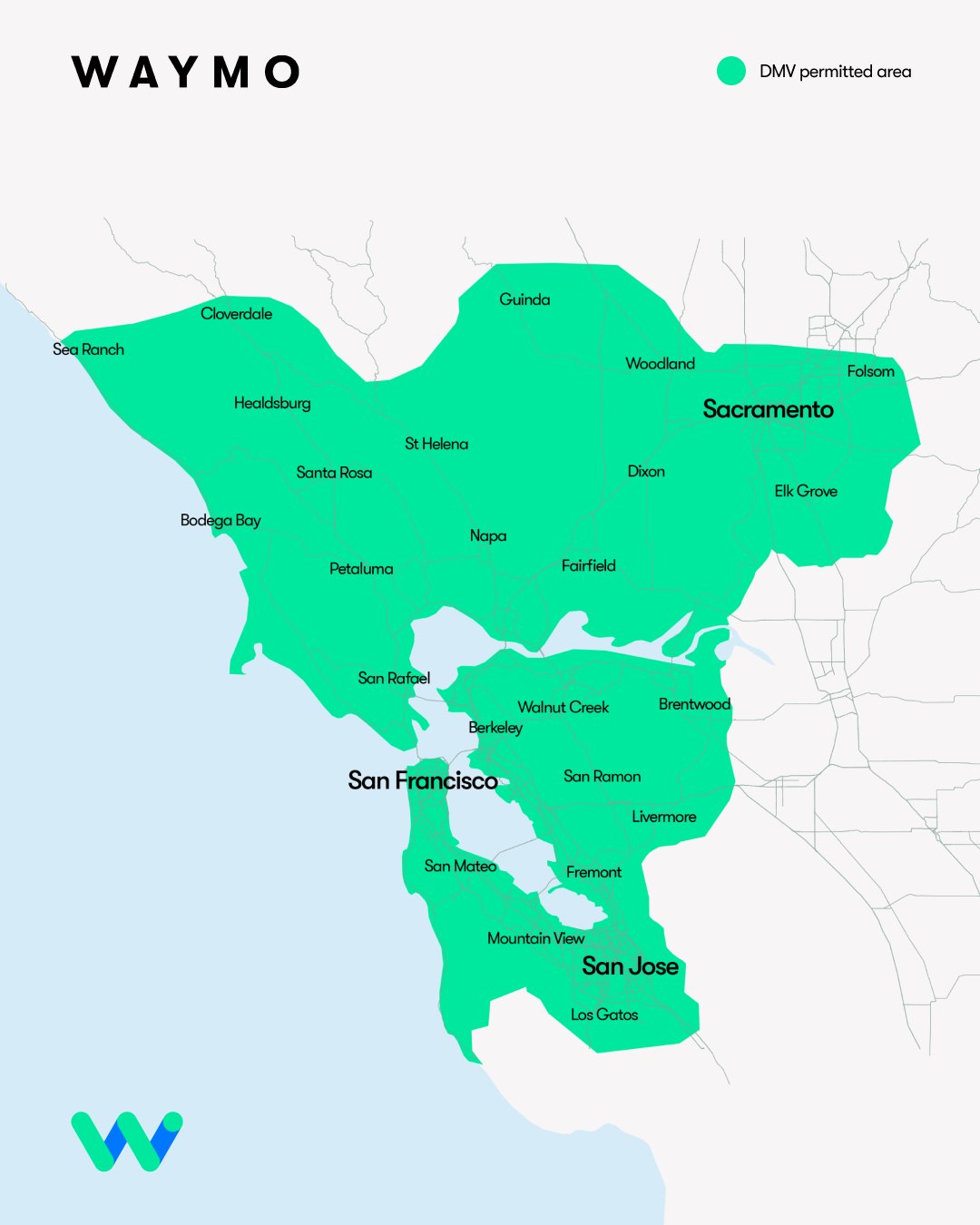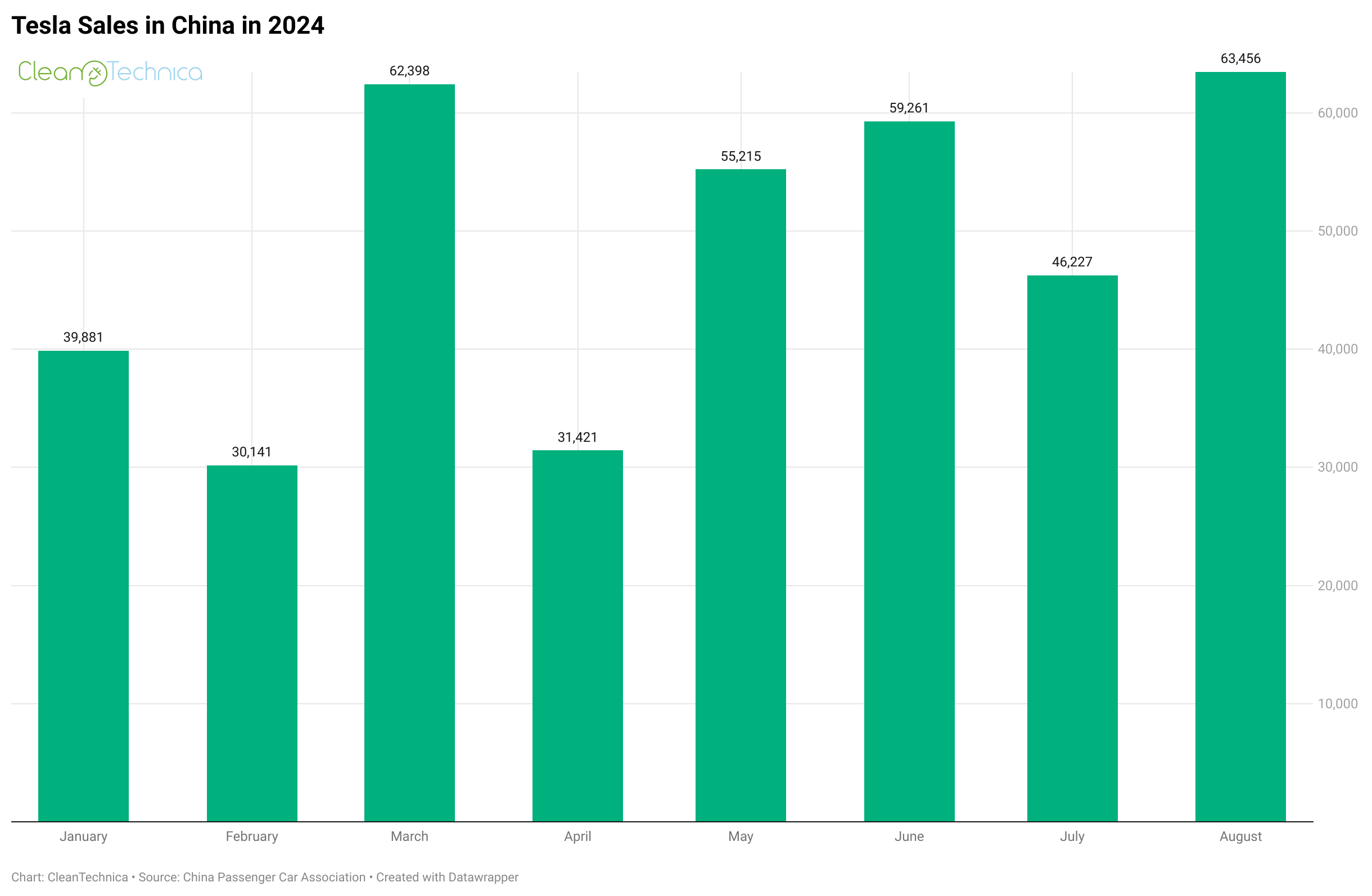Support CleanTechnica’s work through a Substack subscription or on Stripe.
We arrived in early summer to our New England bungalow to escape the Florida humidity and visit with our northern family and friends. Within a few days, an old-fashioned heat wave hit: temps soared continually above 90 degrees F. Day in and day out, we stared at the thermometer in amazement — wasn’t New England supposed to be a reprieve from our southern extreme hit? As we dunked in the lake and huddled in the forest shade beside the brook, we learned that the record-breaking heat experience could have been much worse. Unbeknownst to many of our neighbors, it wasn’t fossil fuels that kept the power on: it was clean energy.
So often the legacy media speak about the intermittency of renewables — how they are unreliable, how the grid isn’t equipped to handle them. What needs to be reported and repeated and reviewed until it seeps in is that renewables aren’t merely a small player in the Big Oil game. In fact, they are an important source that is already delivering reliable, affordable, and resilient power, as proved this summer when New England needed it the most.
Boston’s heat index reached to such heights this summer that ISO New England, the customer-funded nonprofit responsible for managing the regional transmission grid, sent out “power cautions” to prevent blackouts. The concern was valid: multi-day blackouts alongside heat wave conditions have been traced to more than double the estimated rate of heat-related mortality.
But, as was chronicled on Mass Live, renewable energy came to the rescue. Solar panels on homes, schools, businesses, and larger arrays provided up to 22% of the region’s power. That amounted to nearly double the daily average. This reliable output stabilized the grid and saved customers tens of millions of dollars on some of the hottest days in memory.
It’s become hard to hide: solar leads to large, robust, and salient reductions in energy insecurity and electricity costs.
If you think that it was only solar that offset an energy emergency, think again. Offshore wind in New England and New York contributed, too. In New York, the South Fork Wind Farm hit an 87% capacity factor during a summer heat wave peak. Mass Live notes that the recent clean energy production drives huge reliability and affordability benefits and contradicts Trump administration’s attempts to halt offshore wind projects.
Success in renewable energy didn’t just happen overnight. For Massachusetts, it took decades of state-level investment in solar incentives, energy efficiency programs like MassSave, offshore wind projects, and battery storage.
The Summer Numbers Didn’t Lie: New England Energy Style
Acadia Power explains how local solar, energy efficiency, and other clean energy helped make New England’s power grid more reliable and more affordable for consumers during the early summer heat wave.
- As real-time wholesale electricity prices soared above $1,000 per MWh in the evening, behind-the-meter (BTM) solar saved consumers at least $8.2 million on one of the most expensive days of the year for the grid.
- Five-plus gigawatts (GW) of BTM solar helped the region’s power grid ride through one of the hottest days of the year, which tested the grid’s reliability with the highest peak demand in several years.
- System data reveals clear evidence for the benefits of deploying battery energy storage across the region to even better align periods of solar output with peaks in demand and wholesale prices.
- Nearly two gigawatts of peak demand reductions from energy efficiency likely helped ensure resource adequacy as well.
- Net imports from neighboring regions were relied on in all 24 hours of the day, exceeding 3 GW from 5pm on, during the periods of highest net demand and cost — highlighting the benefits of interregional transmission even when neighboring systems also face system stress.
“Reckless proposals at the federal level to punish renewables and energy storage,” Acadia concludes, “would severely onstrain regions’ ability to build on this approach and keep electricity reliable and affordable.” Economically, the substantial amount of BTM solar on the grid saved consumers in the ISO-NE area at least $8.2 million – and potentially more than twice that sum in avoided wholesale costs.
Moving Away from Fossil Fuels: A Long Term but Achievable Process
During periods of peak demand, New England has frequently relied on peaker plants powered by oil, gas, and coal, fuels that are dirty and more expensive. Even with clean energy progress, there are dozens of fossil fuel-fired power plants in Massachusetts, for example. The majority of these are located in or near environmental justice communities. Massachusetts is transitioning to an electrified energy system powered by renewables so the state can become more reliant, not less, on these assets.
Nonetheless, the fossil fuel industry is doing all it can to suppress wind and solar power. The Evil Energy folks are promoting discredited research in order to end state laws requiring increased generation of clean energy, otherwise known as renewable portfolio standards. Fossil capitalists don’t want everyday US residents to accept the reality that renewables lower prices over time and reduce dependence on volatile, Earth-destroying carbon-based fuels.
Fracking, oil sands, and gas flaring should be banned, as should fossil fuel exploration, subsidies, investments, and false tech solutions that will lock in future generations to polluting and increasingly costly oil, gas, and coal, according to Elisa Morgera, the UN special rapporteur on human rights and climate change. Most of us agree and are fighting for a clean energy future to replace the chaos.
Affordable electricity is a major concern around the world. As RMI outlines, technologies get cheaper as production increases, with learning rates that remain remarkably consistent across decades. Wind, solar, and batteries reflect this pattern. With global cost declines of 2.5×–4× over the past decade — and 9× for battery storage — clean energy systems are increasingly affordable around the world.
It will take alternative mechanisms for financing electricity distribution system infrastructure upgrades for Massachusetts and other US states to achieve clean energy and climate mandates. When enacted, those upgrades should reduce the cost of the energy transition for ratepayers and minimize bill impacts.
Cutting consumer costs does require a full suite of solutions from grid investment to efficiency and demand response, but most governments and investors around the world are taking positive steps. The results were evident over the summer in New England, when clean energy showed how it is already contributing to consumer lifestyle and electricity affordability.
 Sign up for CleanTechnica’s Weekly Substack for Zach and Scott’s in-depth analyses and high level summaries, sign up for our daily newsletter, and follow us on Google News!
Sign up for CleanTechnica’s Weekly Substack for Zach and Scott’s in-depth analyses and high level summaries, sign up for our daily newsletter, and follow us on Google News!
Have a tip for CleanTechnica? Want to advertise? Want to suggest a guest for our CleanTech Talk podcast? Contact us here.
Sign up for our daily newsletter for 15 new cleantech stories a day. Or sign up for our weekly one on top stories of the week if daily is too frequent.
CleanTechnica uses affiliate links. See our policy here.
CleanTechnica’s Comment Policy





